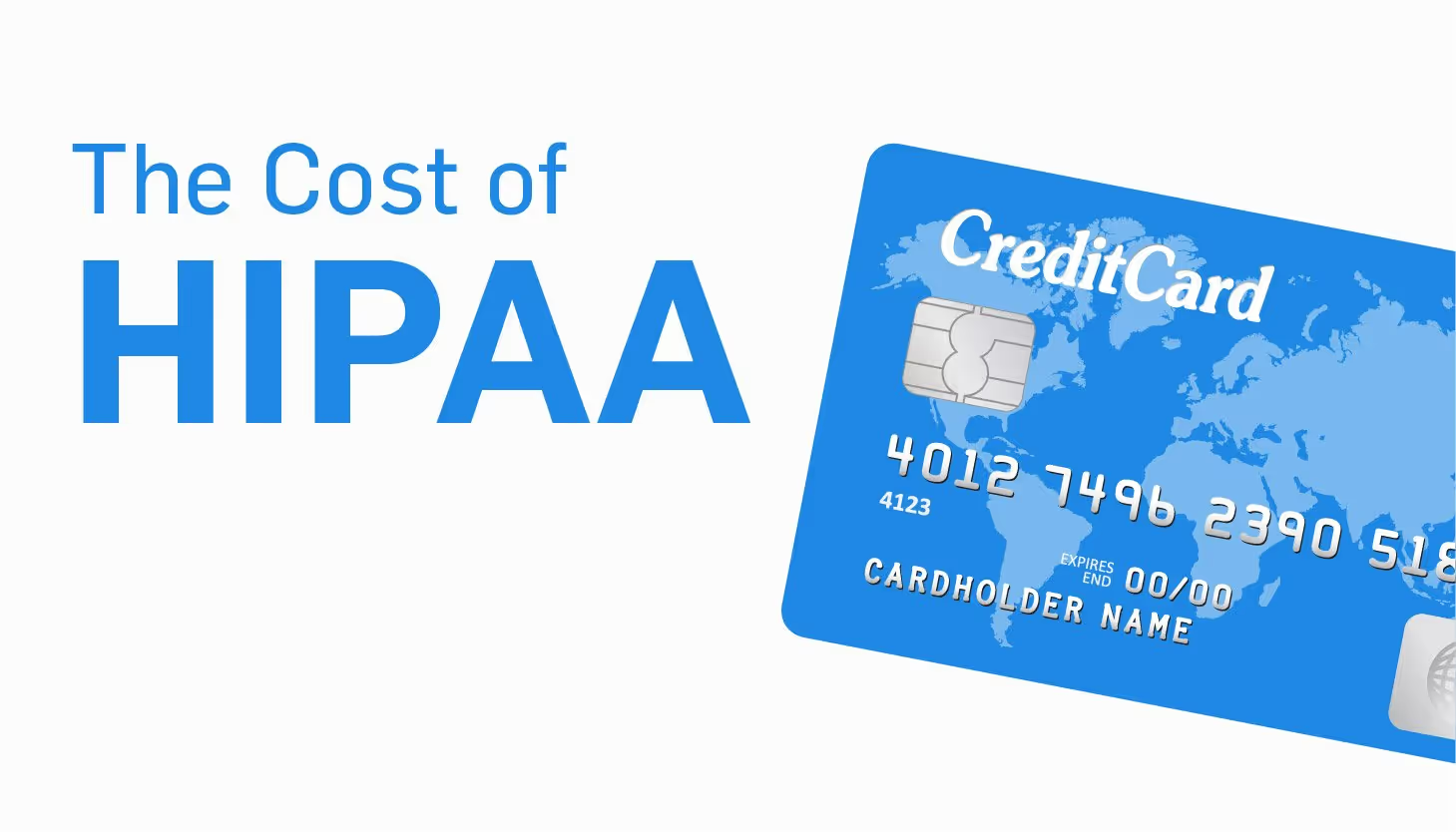Lack of budget is a plague that affects risk and compliance officers at health organizations of all sizes. This post will give you the information you need to more accurately plan your HIPAA budget.

HIPAA compliance is rarely allocated the resources it requires. And this trend extends beyond just small organizations with limited security budgets. Lack of budget is a plague that affects risk and compliance officers at health organizations of all sizes.
This post will give you the information you need to more accurately plan your HIPAA budget.
See also: Five Things to Consider When Making a HIPAA Security Budget
The HHS gave an interesting estimation (see Table 1) of how much HIPAA compliance might cost, shortly after they released the HIPAA Final Rule in 2013.
Per organization, they estimated:
Grand total per organization: $1,040
This estimate is likely inaccurate, especially when considering the complexities of the Security Rule.
When the Security Rule was added back in 2003, it included 75 new requirements and 254 points for organizations to validate to, most of which are quite technical.
The following is an example of a "validation point:"
Based on the OCR audit protocol, here are the validation points:
In this one example you can see that this single requirement (1 of 75) has three core validation points (3 of 254) with several more minor validation points.
Looking at the math, and the HHS’ estimated $113 allotted to the security rule, that means only $4 is allowed per requirement. It would be a stretch for healthcare entities to accurately validate each new security point for only $4 worth of labor, technology, and implementation. That’s not even taking into account that you will likely need to add (or, at the very least, upgrade) hardware and applications.
The cost of HIPAA compliance depends on your organization. Here are a few variables that will factor into the cost of your overall compliance.
Costs related to a HIPAA program can seem daunting, but they are small in comparison with not protecting PHI. Here are a few data breach costs, fines, and penalties you may not have considered.
See also: How Much Does a Data Breach Cost Your Organization?
When you look at the high costs paid by organizations found in violation of HIPAA, it’s obvious the consequences are meant to penalize those who don’t adequately protect patient information.
See also: HIPAA Guide
If you are a large provider, you’ll probably benefit most from an onsite HIPAA compliance audit. Security experts examine your organization for security risks, provide guidance as you remediate any problems, and consult on the implementation of any outstanding HIPAA requirements.
Your onsite auditor should work with you to complete both your HIPAA risk analysis and risk management plan. Learn the pros and cons of a HIPAA audit here.
If you don’t have the budget for an onsite audit, you’ll need to find a HIPAA expert to help you get through the risk analysis and risk management plan process. Look for an expert who offers technical support when you have questions. Experts will likely recommend you receive external vulnerability scans to find weaknesses in your systems, and hire penetration testers (ethical hackers) to test your system. If you haven’t already, you’ll likely need to purchase HIPAA policy templates and start your employee training.
Taking all the above into consideration, and remembering that this estimate depends on various factors at your organization, here’s how much HIPAA compliance might cost you:
Total: $4,000 - $12,000
Total: $50,000+, depending on the entity’s current environment